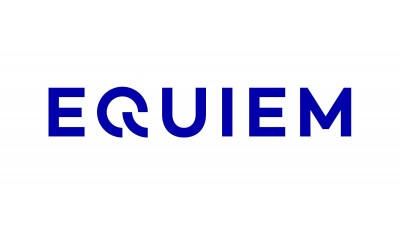Digital Engagement Is The Key To Increasing Tenant Satisfaction And Retention

Web technology and mobile apps have irrevocably transformed the way people socialize, eat, shop and even access health, transportation and administrative services. It was only a matter of time before digital communication entered the office and, by extension, the office building.
Class-A office properties are increasingly turning to online portals not just to connect office employees with one another, but to all of a building’s tenants, goods and asset services. Equiem, a leading provider of tenant engagement and community services, believes technology offers building managers and developers the opportunity to maximize resident satisfaction and revenue by enhancing the tenant experience. In Australia, the service has taken root in over 100 premium and Class-A buildings — 44M SF in total — and counts nine of the country’s 11 largest landlords, including Dexus, Lendlease, GPT, Investa and Brookfield, as clients.
Owners and managers view the quality of the activity inside a building as an important component of its worth. No matter how active or passive, tenant participation enables the property owner to track common trends and demands in real time and customize the building to the inhabitants’ needs, thereby retaining them longer.
This is the value-add of a service like Equiem.

Equiem creates custom portals for each building accessible only by its occupants. Tenants can read the news, RSVP to exclusive events, access health and well-being programs, book locker or bike rack access, pay for parking, even order coffee from the local café. There is also a LinkedIn-esque news feed that acts as a digital notice board, as well as a member directory that encourages occupants to interact with one another and with building management.
Property owners can quickly and easily inform residents of emergencies and updates, while suppliers and vendors can take advantage of the platform to advertise their goods and services.
Through digital engagement, occupants become part of a larger community, embracing the openness and collaborative nature of a co-working space on a macro scale. Building managers are able to communicate with everyone in their building rather than only tenant representatives.
“You can think of it as taking the co-working space model and applying it to any large, multi-tenant building,” Equiem North America vice president Jon Kule said. “With our platform, everyone has access to the perks, events and sense of community you get from a co-working space, while landlords can focus on driving engagement and stickiness.”
“You could have a restaurant, pharmacy, newsstand, lockers or a gym in or near the building,” Equiem CEO Gabrielle McMillan said. “Our portals connect these services so your occupants can access them. As the platform genuinely offers value, tenants sign up in droves, giving owners access to a more complete database they can leverage to further enhance the tenant experience, all while maximizing return on investment from existing resources.”

Equiem additionally staffs the building on-site with specially trained concierge specialists and community managers working directly under the building managers.
Equiem’s pilot surge into New York and Los Angeles builds just as much on the new shift in workspace mentality as it is working on transforming it. The rapid rise of open concept offices is both a reflection and a result of the live/work/play mindset adopted by Millennials, who largely prefer their services aggregated in one place.
To learn more about this Bisnow content partner, click here.

